Intro
Explore effective Herniated Disc Treatment Options, including physical therapy, pain management, and surgery, to alleviate back pain and sciatica symptoms, promoting spinal health and wellness.
Herniated disc treatment options have become a crucial aspect of managing back and neck pain for millions of people worldwide. A herniated disc, also known as a slipped or ruptured disc, occurs when the soft inner gel of the disc leaks out through a tear in the outer layer, putting pressure on nearby nerves and causing discomfort. With the rise in sedentary lifestyles and increasing age, the incidence of herniated discs has seen a significant surge, making it essential to understand the various treatment options available.
The importance of seeking proper treatment for a herniated disc cannot be overstated. If left untreated, a herniated disc can lead to chronic pain, numbness, tingling, and even weakness in the affected limbs. Furthermore, it can also impact an individual's quality of life, making everyday activities a challenge. Therefore, it is crucial to explore the different treatment options to find the most suitable one for each individual's specific needs.
Understanding the causes and symptoms of a herniated disc is the first step towards effective management. A herniated disc can be caused by a combination of factors, including genetics, age, and lifestyle. Symptoms can range from mild to severe and may include back pain, neck pain, arm or leg pain, numbness or tingling, and muscle weakness. With a proper diagnosis, individuals can begin to explore the various treatment options, ranging from conservative management to surgical interventions.
Herniated Disc Overview
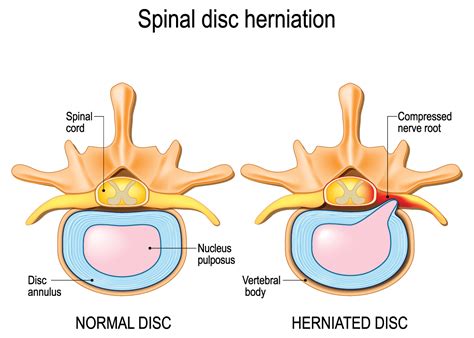
A herniated disc is a common condition that affects the spine, where the soft inner gel of the disc leaks out through a tear in the outer layer. This can put pressure on nearby nerves, causing discomfort and pain. The symptoms of a herniated disc can vary depending on the location and severity of the condition. Understanding the anatomy of the spine and the function of the discs is essential in grasping the concept of a herniated disc.
Causes and Risk Factors
The causes of a herniated disc can be attributed to a combination of factors, including age, genetics, and lifestyle. As people age, the discs in the spine can become less flexible and more prone to tearing. Genetics can also play a role, with some individuals being more susceptible to disc problems. Lifestyle factors, such as smoking, obesity, and a sedentary lifestyle, can also increase the risk of developing a herniated disc.Conservative Treatment Options
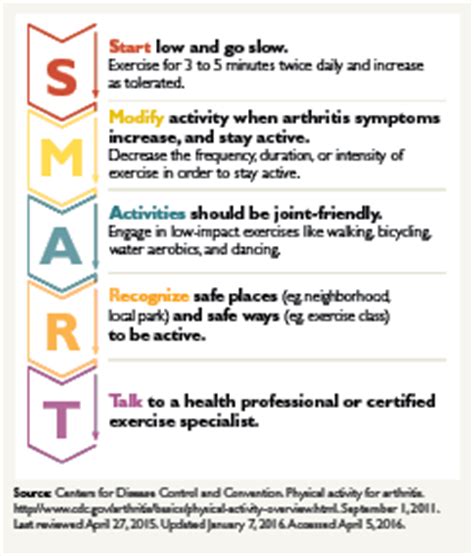
Conservative treatment options are often the first line of defense against a herniated disc. These options focus on managing the symptoms and reducing the pressure on the affected nerves. Some common conservative treatment options include:
- Physical therapy: A physical therapist can help individuals develop a customized exercise program to improve flexibility, strength, and range of motion.
- Pain management: Over-the-counter pain medications, such as ibuprofen or acetaminophen, can help alleviate pain and discomfort.
- Chiropractic care: Chiropractors use spinal manipulation and other techniques to help relieve pressure on the affected nerves.
- Lifestyle modifications: Making lifestyle changes, such as quitting smoking, losing weight, and improving posture, can help reduce the risk of further complications.
Benefits and Drawbacks
Conservative treatment options have several benefits, including being non-invasive and relatively low-cost. However, they may not be effective for everyone, and it may take several weeks or months to see significant improvements. Additionally, some individuals may experience side effects from pain medications or other treatments.Surgical Treatment Options
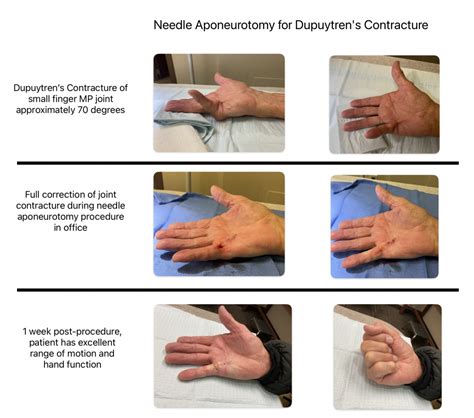
Surgical treatment options are often considered when conservative treatments have failed to provide adequate relief or if the condition is severe. Some common surgical treatment options include:
- Discectomy: This involves removing the damaged disc to relieve pressure on the affected nerves.
- Laminectomy: This involves removing a portion of the vertebra to relieve pressure on the affected nerves.
- Spinal fusion: This involves fusing two or more vertebrae together to stabilize the spine and reduce pain.
Risks and Complications
Surgical treatment options carry several risks and complications, including infection, bleeding, and nerve damage. Additionally, surgery may not guarantee complete relief from symptoms, and some individuals may experience recurring pain or discomfort.Alternative Treatment Options
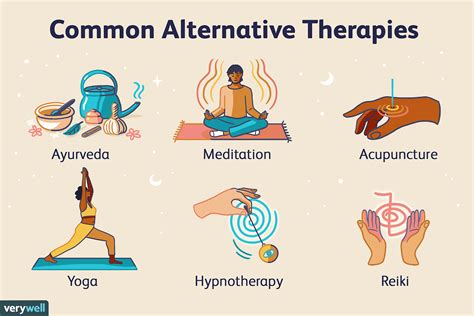
Alternative treatment options have gained popularity in recent years, offering individuals a range of choices beyond traditional conservative and surgical treatments. Some common alternative treatment options include:
- Acupuncture: This involves inserting small needles into specific points on the body to stimulate healing and pain relief.
- Massage therapy: This involves using various techniques to manipulate the soft tissues and promote relaxation and pain relief.
- Yoga and Pilates: These exercises focus on improving flexibility, strength, and range of motion, while also promoting relaxation and stress reduction.
Effectiveness and Safety
Alternative treatment options have shown promise in managing symptoms and improving quality of life. However, their effectiveness and safety can vary depending on the individual and the specific condition. It is essential to consult with a healthcare professional before starting any alternative treatment.Prevention and Maintenance
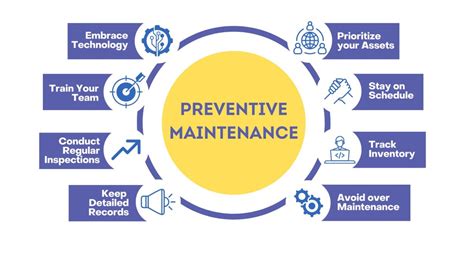
Prevention and maintenance are critical components of managing a herniated disc. By making lifestyle changes and taking proactive steps, individuals can reduce the risk of further complications and improve their overall quality of life. Some tips for prevention and maintenance include:
- Maintaining a healthy weight
- Engaging in regular exercise
- Improving posture
- Managing stress
- Getting enough sleep
Long-term Management
Long-term management of a herniated disc requires a comprehensive approach, incorporating conservative and alternative treatments, as well as lifestyle modifications. By working with a healthcare professional and taking an active role in their care, individuals can effectively manage their symptoms and improve their quality of life.What are the symptoms of a herniated disc?
+The symptoms of a herniated disc can vary depending on the location and severity of the condition. Common symptoms include back pain, neck pain, arm or leg pain, numbness or tingling, and muscle weakness.
What are the causes of a herniated disc?
+The causes of a herniated disc can be attributed to a combination of factors, including age, genetics, and lifestyle. As people age, the discs in the spine can become less flexible and more prone to tearing.
What are the treatment options for a herniated disc?
+Treatment options for a herniated disc include conservative treatments, such as physical therapy and pain management, as well as surgical options, such as discectomy and spinal fusion. Alternative treatments, such as acupuncture and massage therapy, may also be effective.
In conclusion, herniated disc treatment options are diverse and multifaceted, offering individuals a range of choices to manage their symptoms and improve their quality of life. By understanding the causes and symptoms of a herniated disc, exploring conservative and surgical treatment options, and incorporating alternative and preventive measures, individuals can take an active role in their care and achieve optimal outcomes. We invite you to share your thoughts and experiences with herniated disc treatment options in the comments below. Additionally, if you found this article informative, please consider sharing it with others who may benefit from this information.
